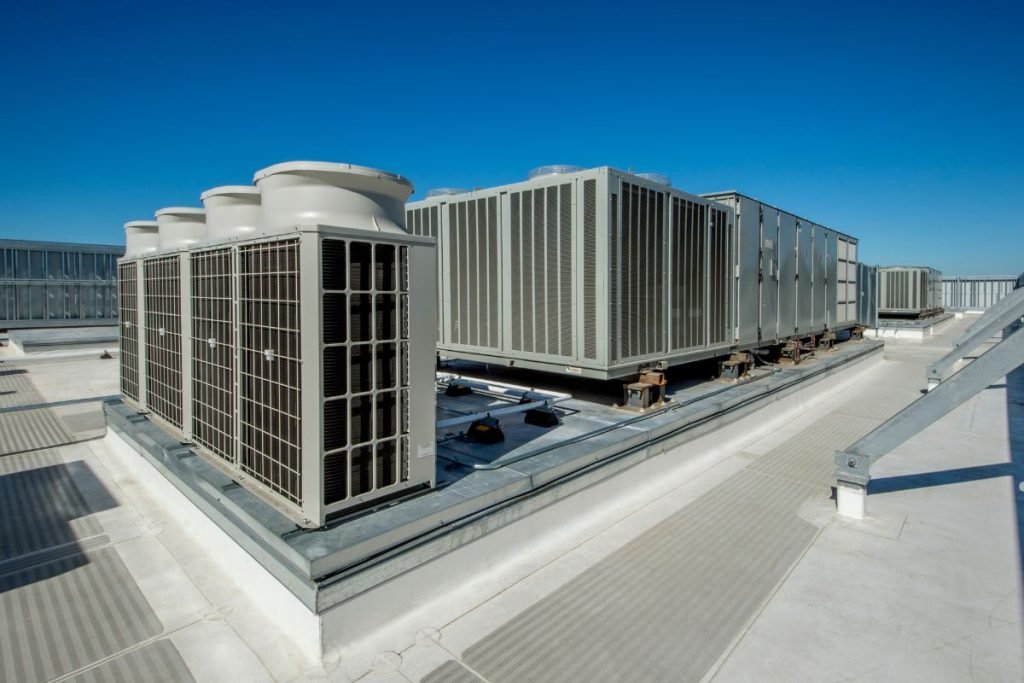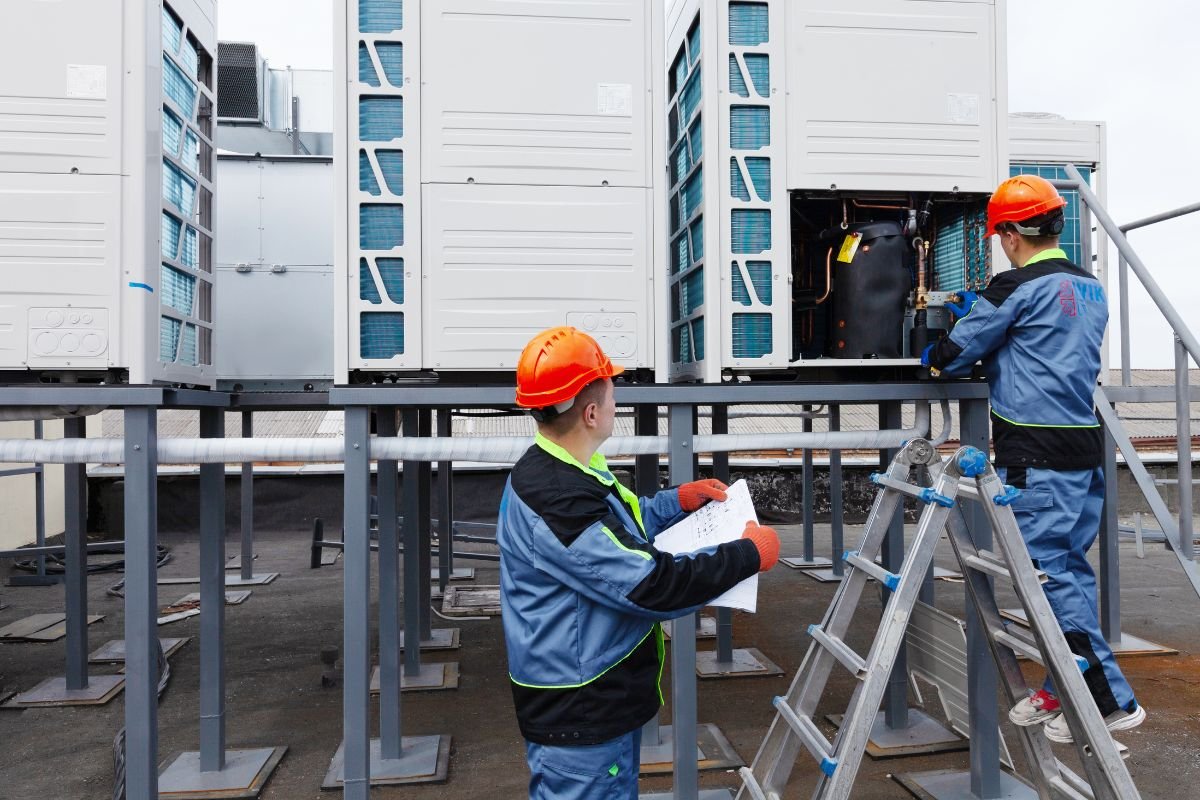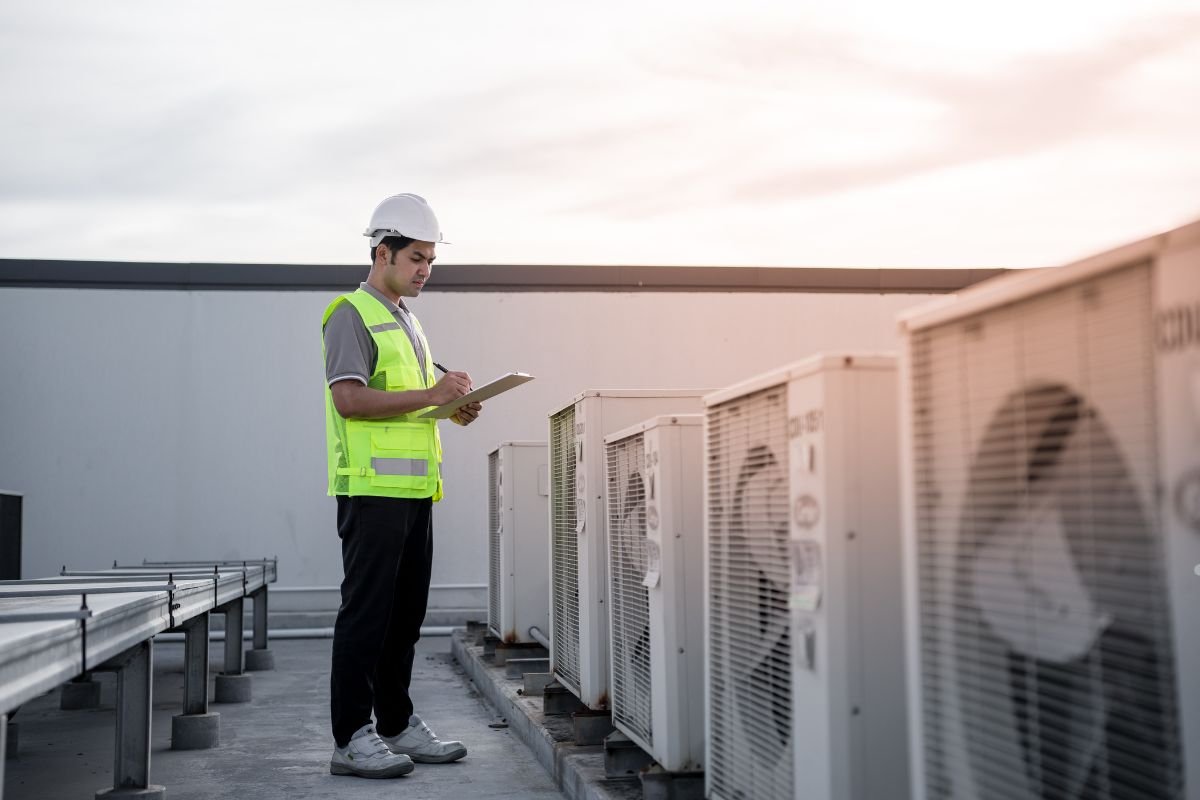
Mold growth can be a significant concern for homeowners, not only affecting the air quality but also potentially leading to health issues. The good news is that the right HVAC system can be a powerful tool in combating and preventing mold. This article will delve into the best HVAC options for mold removal, including air purifiers, dehumidifiers, and ventilation systems, equipping you with the knowledge to make an informed decision and create a healthier home.
The Mold Problem: Why HVAC is Crucial
Mold thrives in damp, humid environments, and unfortunately, many homes provide the perfect conditions for its growth. Poorly maintained or inadequate HVAC systems can exacerbate this problem, creating breeding grounds for mold spores. Addressing mold issues requires understanding the role of your HVAC system in both contributing to and solving the problem. A well-functioning HVAC system, on the other hand, actively combats mold by controlling humidity, filtering out spores, and ensuring proper ventilation. This proactive approach to air quality can make a significant difference in the health and comfort of your living space.
Explore our services for expert mold removal, HVAC solutions, and air quality improvements to keep your home safe and healthy.
How HVAC Systems Contribute to Mold Growth
Several factors within your HVAC system can inadvertently promote mold growth. Leaky ductwork, for example, can introduce moisture into the air, creating damp areas perfect for mold colonies. Inadequate ventilation traps humidity and limits airflow, especially in areas like bathrooms and basements. Air conditioners that aren’t properly maintained can accumulate condensation, which then becomes a breeding ground for mold. Understanding these contributing factors allows you to target specific solutions and improve your indoor air quality.
Say goodbye to mold today! Our professional mold removal services keep your home safe and healthy. Don’t wait—prevent damage and health risks now. Call us for a free inspection and fast service!
Identifying Mold-Friendly Environments in Your Home

Mold tends to flourish in specific areas within a house due to favorable conditions. Basements, with their tendency to be damp and poorly ventilated, are prime targets. Bathrooms, particularly those with inadequate exhaust fans, often experience high humidity after showers or baths, creating an ideal breeding ground. Attics, if poorly insulated or ventilated, can also trap moisture, leading to mold growth. Regularly inspecting these areas and addressing moisture issues promptly is crucial for preventing mold infestations. Consider improving the air quality by making the best changes on the HVAC units to breath fresh air.
Air Purifiers with HEPA Filters
Air purifiers equipped with HEPA (High-Efficiency Particulate Air) filters are incredibly effective at removing mold spores from the air. These filters are designed to trap microscopic particles, including mold spores, pollen, dust mites, and pet dander. By circulating air through the HEPA filter, air purifiers help create a cleaner, healthier indoor environment. Look for air purifiers specifically designed for large rooms or with multiple filtration stages for optimal mold removal. They are an invaluable asset to the HVAC system.
Dehumidifiers: Controlling Moisture Levels
Dehumidifiers play a crucial role in preventing mold growth by reducing humidity levels in your home. Mold thrives in environments with high humidity, so lowering moisture levels makes it difficult for mold to grow and spread. Choosing the right size dehumidifier for your space is essential – a unit that’s too small won’t effectively reduce humidity, while one that’s too large can make the air too dry. Regularly emptying the water collection tank and maintaining the dehumidifier will ensure optimal performance.
Protect your home and health with our expert Black Mold Removal Services. Get safe, effective solutions to eliminate black mold and prevent future growth.
Ventilation Systems: Bringing in Fresh Air
Proper ventilation is essential for maintaining good indoor air quality and preventing mold growth. Ventilation systems, such as Heat Recovery Ventilators (HRVs) and Energy Recovery Ventilators (ERVs), bring fresh air into your home while exhausting stale, moisture-laden air. HRVs are best suited for colder climates, while ERVs are more effective in humid climates. By continuously exchanging air, these systems help to reduce humidity levels and prevent the build-up of mold-friendly conditions.
Struggling with mold and poor air quality? The right HVAC system can make all the difference! Call us now for expert guidance on air purifiers, dehumidifiers, and ventilation systems to create a healthier, mold-free home.
UV Lights: A Mold-Killing Solution
Ultraviolet (UV) lights, integrated into your HVAC system, offer a powerful way to kill mold and bacteria. These lights emit UV-C radiation, which disrupts the DNA of microorganisms, preventing them from reproducing. While UV lights won’t remove existing mold growth, they can effectively sterilize the air and prevent new mold colonies from forming within your HVAC system. They are a great add on to your HVAC System for prevention of Mold.
Factors to Consider When Selecting an HVAC System for Mold Removal

Choosing the right HVAC system for mold removal depends on several factors, including the size of your home, your climate, and the severity of your mold problem. Assess your specific needs and consider consulting with an HVAC professional to determine the most effective solution for your situation. Factors like the square footage of your home, the level of humidity in your area, and any existing mold issues will all influence your choice.
Professional Installation and Maintenance
Proper installation and regular maintenance are critical for ensuring your HVAC system performs optimally and prevents mold growth. Professional installation guarantees that your system is properly sized and installed, maximizing its efficiency and effectiveness. Regular maintenance, including filter changes, duct cleaning, and inspections, helps to prevent mold growth and maintain good indoor air quality.
Tips for Preventing Mold Growth with Your HVAC System
Preventing mold growth requires consistent maintenance and proactive measures. Change your HVAC filter regularly (every 1-3 months) to prevent dust and debris from accumulating. Schedule regular duct cleaning to remove mold spores and allergens. Address any leaks or moisture issues promptly. By taking these simple steps, you can maintain a healthy indoor environment and prevent mold from taking hold. These steps keep your Home Safe from Air diseases.
Home Improvements for Preventing Mold
Certain home improvements can significantly reduce the risk of mold growth. Addressing water leaks promptly is crucial, as even small leaks can create damp conditions. Improving ventilation in bathrooms and kitchens by installing exhaust fans can help remove excess moisture. Proper insulation can prevent condensation and reduce humidity levels. By investing in these home improvements, you can create a less hospitable environment for mold.
When to Call a Mold Removal Expert
While some mold problems can be addressed with DIY solutions and improved HVAC systems, severe infestations require professional mold remediation. If you notice widespread mold growth, experience persistent musty odors, or suffer from health symptoms related to mold exposure, it’s time to call a mold removal expert. Professionals have the tools and expertise to safely and effectively remove mold, ensuring the long-term health and safety of your home.
Investing in a Healthy Home: HVAC and Mold Removal
Investing in the right HVAC system and taking proactive measures to prevent mold growth is an investment in your health and well-being. A mold-free home offers improved air quality, reduced health risks, and increased comfort. By understanding the link between HVAC systems and mold, you can make informed decisions to create a healthier, happier living space for yourself and your family.
Frequently Asked Questions about HVAC and Mold Removal
How often should I change my HVAC filter to prevent mold?
Change your HVAC filter every 1-3 months, or more frequently if you have pets or allergies.
Can a dehumidifier completely eliminate mold?
A dehumidifier can help prevent mold growth by reducing humidity levels, but it won’t eliminate existing mold.
Are UV lights in HVAC systems safe for my family?
Yes, UV lights installed within HVAC systems are generally safe, as the UV-C radiation is contained within the unit.
What are the signs that I have mold in my HVAC system?
Signs of mold in your HVAC system include musty odors, visible mold growth on components, and increased allergy symptoms.
How much does it cost to have my HVAC ducts cleaned?
The cost of duct cleaning varies depending on the size of your home and the extent of the cleaning required.
Get rid of mold fast! Our expert mold removal services ensure a safe, clean home. Don’t let mold damage your health—call us today for a free inspection! Contact us now.

